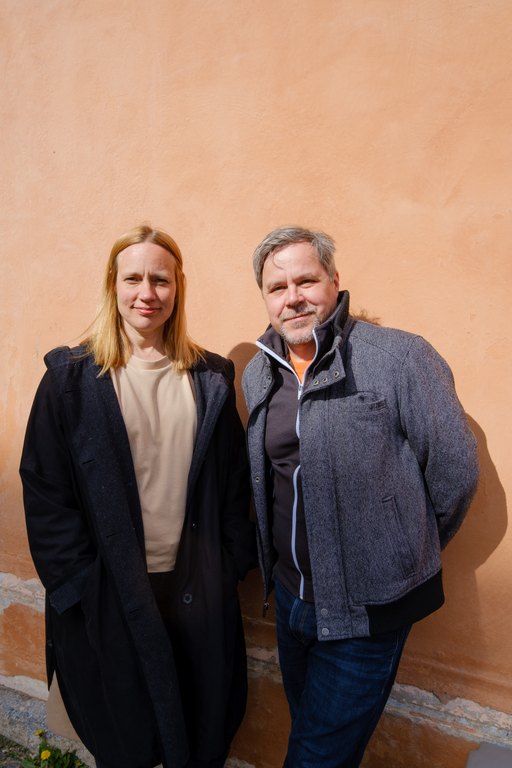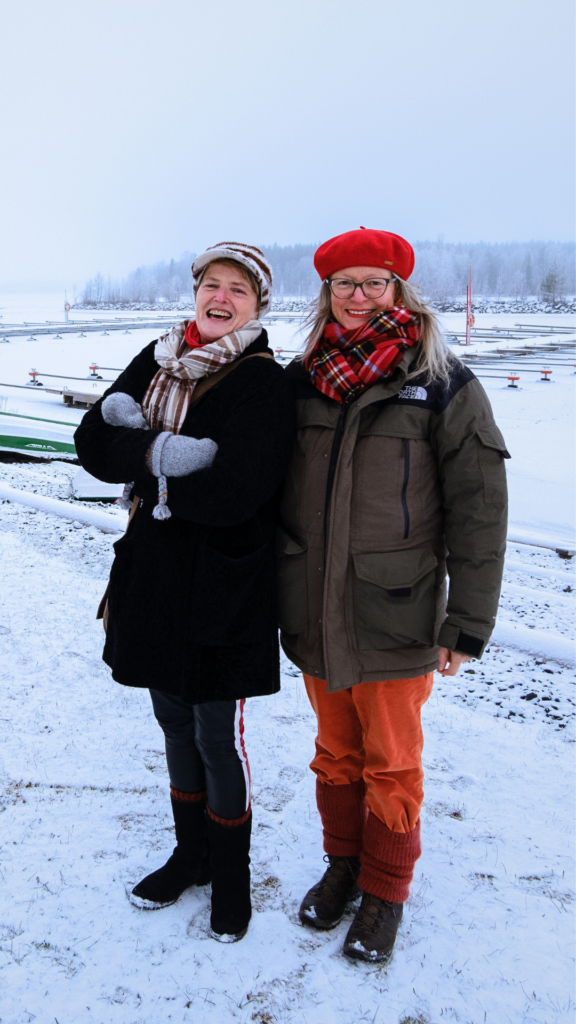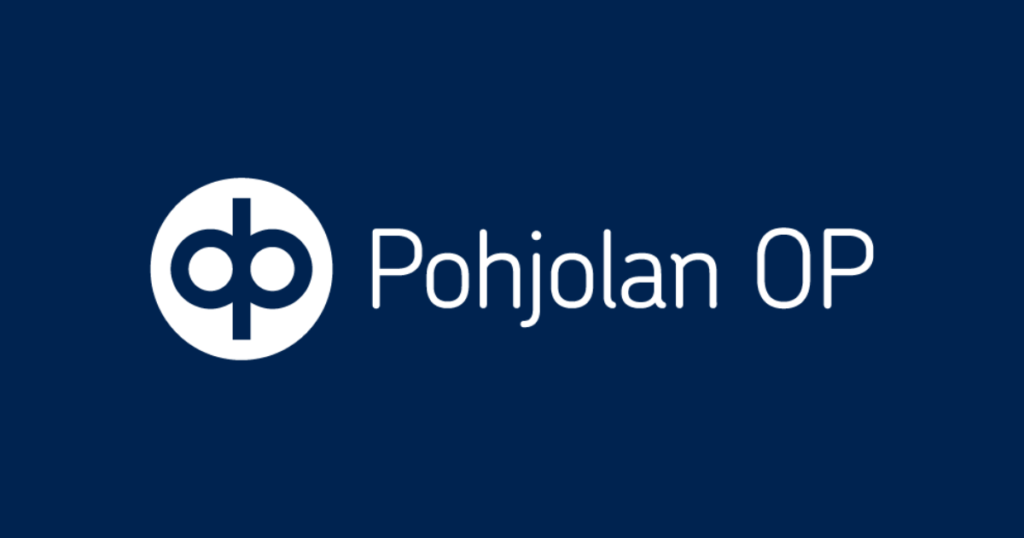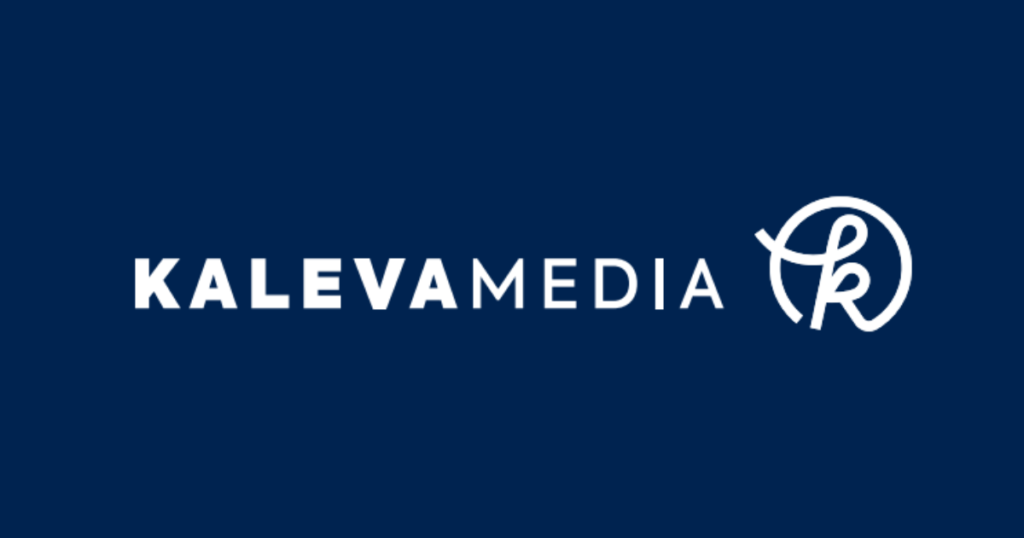Climate Clock
Huipputaidetta ja tiedettä yhdistävä julkisen taiteen reitti Oulussa.
Ouluun muodostuu vuonna 2026 pysyvä julkisen taiteen reitti, joka koostuu arvostettujen kotimaisten ja kansainvälisten taiteilijoiden teoksista. Jokaisen teoksen ainutlaatuinen sijainti tarjoaa hetken pysähtymiseen ja tuo toivoa tulevaisuuteen.
Mistä on kyse?
Climate Clock on yksi Oulu2026 Euroopan kulttuuripääkaupunkivuoden merkittävimmistä tuotannoista, joka yhdistää taiteen, tieteen ja luonnon vahvistamaan ympäristötietoisuutta ja syventämään yhteyttä luonnon aikaan. 6 pysyvää taideteosta sijoittuu Haukiputaalle, Kiiminkiin, Oulun kaupungin keskustaan, Oulunsaloon, Yli-Iihin ja Ylikiiminkiin. Taidereittiä tukee Tellervo Kalleisen ja Oliver Kochta-Kalleisen Maailman arvokkain kello -teos, joka luodaan yhteistyössä paikallisten asukkaiden kanssa.
Nämä seitsemän teosta kuvastavat pohjoista luontoa, luonnon rytmejä ja ilmastohaasteita. Teokset sijoittuvat luonnonympäristöihin kuten metsiin ja jokien rannoille, tuoden esille paikallista ylpeyttä luonnosta ja ajatuksia luontoyhteyden säilyttämisestä ja vahvistamisesta. Jokainen teos heijastaa taiteellista näkemystä siitä, miten voimme yhdistää luovuutemme ja vastuullisuutemme. Taiteilijat tekevät yhteistyötä tutkijoiden kanssa tuodakseen ympäristön luonnollisen kiertokulun uusilla tavoilla tietoisuuteemme.
Ilmasto muuttuu, mannerjää sulaa, ja opimme uudelleen sen, mitä esi-isämme jo tiesivät – aika ei ole hallittavissamme, vaan luonto elää omaan tahtiinsa. Luonto on keskeinen osa oululaista identiteettiä, ja ilmastonmuutos vaikuttaa siihen keskeisesti.
Taiteilijat

Osallistu Maailman arvokkaimman kellon valmistamiseen!
Luomme maailman arvokkaimman kellon Oulussa, ja haluamme juuri sinut mukaan sen toteutukseen!
Tellervo Kalleinen ja Oliver Kochta-Kalleinen kutsuvat oululaiset mukaan luomaan Maailman arvokkainta kelloa. Tämä teos kokoaa yhteen alueen asukkaiden kuusikymmentä minuutin pituista arvokasta arjen tilannetta, kuusikymmentä sekunnin pituista erityishetkeä sekä kaksitoista kallisarvoista luontohetkeä, jotka on valittu yhdessä tutkijoiden kanssa.
Lopullinen ‘elektromekaanis-digitaalinen hybridikello’ toteutetaan yhdessä osallistujien, vapaaehtoisten ja Oulun STEAM-koulujen kanssa vuosina 2024–2025. Kello paljastetaan vuonna 2026 ja se kiertää ylpeänä alueellamme, heijastaen arvokkaita päivittäisiä hetkiämme eri vuorokauden- ja vuodenaikoina.
Tellervo Kalleinen ja Oliver Kochta-Kalleinen ovat helsinkiläinen taiteilijaduo. He yhdistävät useita erilaisia taidemuotoja ja lähestymistapoja, kuten elokuvaa, performanssia, pelisuunnittelua, kokeellista koulutusta, fasilitointia ja sosiaalista arkkitehtuuria. Heidät tunnetaan erityisesti osallistavista taideprojekteistaan, kuten Valituskuoroista.

Climate Clockin kuratoi ja tuottaa kansainväliset huippuosaajat
Isobritannialainen Alice Sharp Invisible Dust -organisaatiosta on työskennellyt taiteilijoiden ja tutkijoiden kanssa vuodesta 2009. Hän on kansainvälinen neuvonantaja sekä esiintyjä taiteen ja ilmastonmuutoksen alalla, mukaan lukien puheenvuorot Columbian yliopistossa New Yorkissa vuonna 2023, Davosissa vuonna 2020 ja YK:n kehitysohjelmassa vuonna 2019.
Kansainvälisesti arvostettu tuottaja Claudia Woolgar tuli mukaan Oulu2026-hankkeeseen auttamaan ensimmäisen hakukirjan ohjelman suunnittelussa, ja siitä lähtien hän on kehittänyt ohjelman kansainvälisesti merkittävimpiä projekteja. Hänellä on laaja kansainvälinen kokemus, mukaan lukien moniulotteisen julkisen taideprojektin, 11 Fountains, johtaminen Leeuwarden-Frieslandin Euroopan kulttuuripääkaupunkivuonna 2018.
Lue kuraattorin lausunto tästä
Oulu on yksi maailman pohjoisimmista kaupungeista. Sen sijainti aivan Pohjoisen Napapiirin alapuolella heijastaa ilmastonmuutoksen vaikutuksia vahvemmin kuin muualla maapallolla: alueen on todettu lämpenevän ilmastonmuutoksen vaikutuksesta neljä kertaa nopeammin kuin muut alueet. Climate Clock tutkii, miten nopeampi lämpeneminen vaikuttaa luonnonoloihin, säähän, luonnonjärjestelmiin ja ympäristöön. Pohjoisilla alueilla vuodenaikojen vaihtelut ja niiden erityispiirteet ovat paikallisille asukkaille arkipäivää, mutta matkailijoille ne ovat erityisiä: valkeiden lumisten talvien pohjoinen valo horisontissa, tummat joet aaltoilevassa lumipeitteessä, jäätyneitä vesistöjä halkovat jäätiet, lyhyet lämpimät ja vehreät kesät, sekä paikalliset tavat, kuten esihistoriaan juurensa juontava meren jäällä kalastaminen.
Auringonvalo on aina rytmittänyt vuodenaikojen ja luonnon lisäksi myös ihmisten elämää. Oulun korkeudella talvipäivän valoisa aika on lyhyt, ja kesällä päinvastainen. Menneisyydessä aikakäsityksemme on ollut toisenlainen, hitaampi. Aiemmin hitaampi elämäntapa mahdollisti hetkiä, jolloin unohdimme ajan ennen kännyköiden ja kannettavien tietokoneiden teknisiä kelloja. Työpäivän loppu oli vain sitä, että ihmiset haaveilivat matkalla töistä kotiin. Tästä ajankuvasta kirjoitti myös runoilija Eino Leino 1800-luvulla runossaan Nocturne:
“Aika seisoo, nukkuu tuuliviiri, edessäni hämäräinen tie, tuntemattomahan tupaan vie.’’
Maapallon pohjoinen alue on muuttumassa. Menneisyydessä arktinen alue heijasti lämpöä takaisin avaruuteen, mutta tämä on nyt muuttumassa. Jää sulaa, tummat vedet nousevat esiin, muuttaen maapallon järjestelmiä, vuodenaikoja, luontoa ja sen tahtia. Maailma ympärillämme kiihtyy ja sormemme kurottelevat puhelimiimme vaatien välitöntä pääsyä laajaan valikoimaan nopeita ja monimutkaisia päätöksiä. Tämä luo elämäntapoja, jotka ovat ristiriidassa luonnollisen rytmin kanssa. Luonto ja ympäristö vaativat oman aikansa; puu kasvaa hitaasti sadan vuoden ajan, ja yksi vesipisara valtameressä saavuttaa toisen sadassa tuhannessa vuodessa. Meillä on taipumus ajatella aikaa annettuna, kuten energiaa tai massaa, jota voi mitata. Ja me mittaamme sitä. Mutta aika on abstraktio; olemme luoneet sen tarpeisiimme ja nyt ilmastonmuutoksen myötä olemme tilanteessa, jossa aika on kääntynyt meitä vastaan.
Climate Clock pohtii, miten olemme pakottaneet aikakäsityksemme osaksi luontoa, muuttaen sitä ja samalla meitä. Ehkä voisimme harkita uudelleen nopeasti muuttuvia elämäntapojamme ajassa pysähtyen, ymmärtäen ajan kallisarvoisuuden ja välttämättömyyden elää yhteydessä maapallon oman luonnollisen kellon kanssa.
Climate Clock – julkisen taiteen reitti avataan kesäkuussa 2026.
Tapahtumassa mukana








